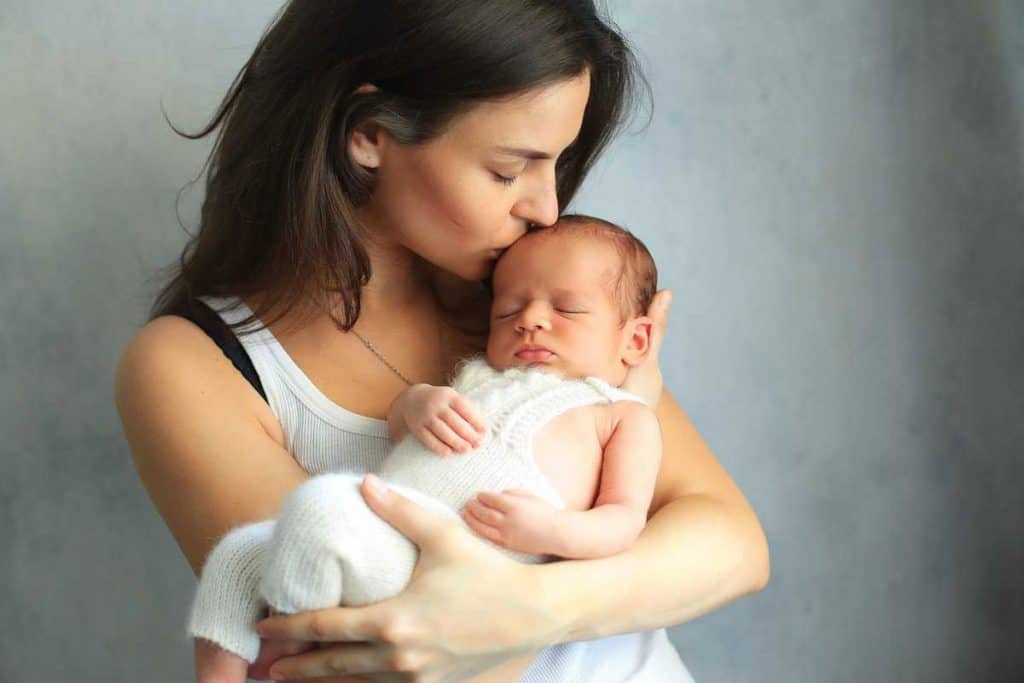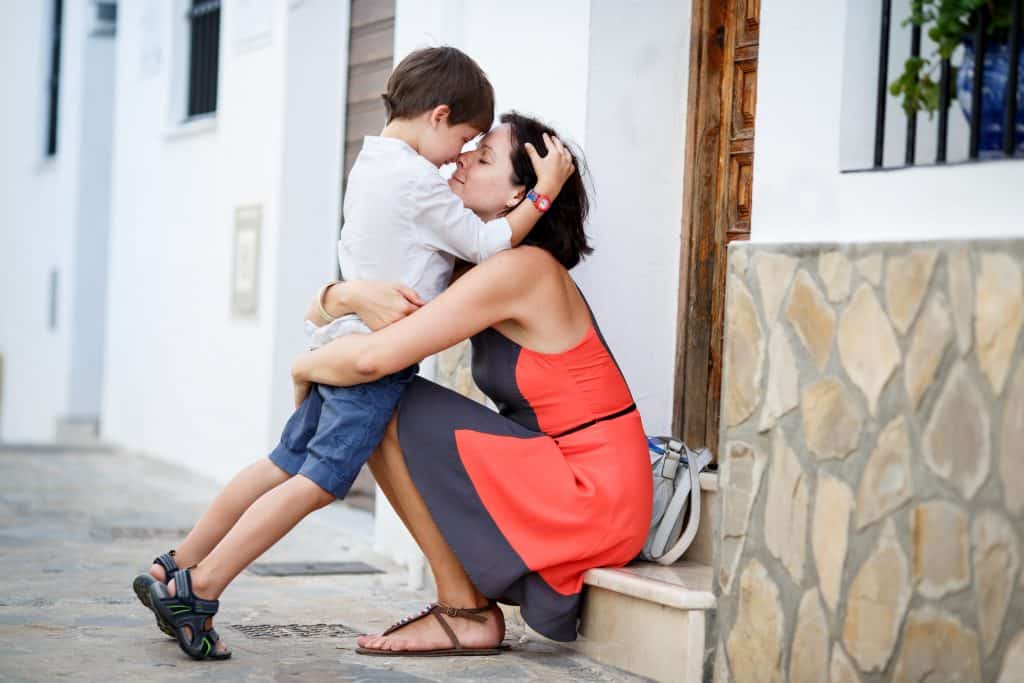Children need reliable, trusting relationships.
They give them the security they need to explore their world with curiosity.
A baby cannot thrive without human closeness, protection and care.
To follow his natural curiosity and innate desire to explore, a child needs the protection and security of a reliable relationship.
From the day he is born, a baby’s behavior is oriented towards establishing a lasting emotional bond with the people who care for him and meet his needs for closeness and security.
As a rule, these are mainly the mother and father.
But other people, such as grandparents or childminders, can also become important caregivers from whom a child seeks protection and security.
Attachment behavior and attachment quality

By nature, a child is endowed with certain behaviors by which he can ensure closeness to his mother, father or other caregivers.
Crying, screaming, clinging, following or proximity-seeking are all part of typical attachment behavior.
In threatening or unfamiliar situations, your child uses these techniques to establish closeness to you.
As a parent, you usually understand these signals from your child and “respond” appropriately: you turn to your child, comfort him, hold him and calm him down.
A child’s security in the bond with mother and father depends above all on “bonding experiences”.
The more your child learns that he can count on your closeness and care, the more secure he feels in his relationship with you.
At the same time, if you encourage (but don’t push) them in their age-appropriate discoveries and activities, they’ll begin to develop a sense of autonomy and accomplishment.
The development of attachment

Attachment develops from the mutual relationship between child and parent.
Here are some clues as to how the attachment relationship develops in the first years of life:
1. First months of life

Your child becomes familiar with you as mother and father.
He gets to know you as those who respond to his signals and satisfy his various needs.
At this age, your child experiences safety and security mainly through close physical contact.
He must gradually get used to separating from his mother’s body.
2. Around the 3rd month of life

Your child can clearly distinguish you as father/mother from other people.
He specifically addresses you with his needs.
He can already communicate more clearly.
The feeling of closeness no longer depends solely on close physical contact.
3. Around 7 to 8 months of life

Most children are now making their first attempts to move around independently.
Mental and emotional capacities are now so well developed that your child is experiencing the separation from his or her mother or father more than before.
Your child needs reassurance when he’s away from you, trying out and discovering new things.
All his attachment behavior (crying, clinging) is now geared towards closeness to you or another caregiver.
The relationship with you as mother and father is increasingly transformed into an ongoing emotional bond, which will continue to strengthen in the years to come.
As the child grows, he no longer needs the constant presence of his caregivers to feel secure.
The child is increasingly able to seek out the proximity of familiar people autonomously, and to move away again when the time comes to “discover”.
He has internalized his “secure base” and can fall back on it.
Disabled children also develop a similarly close relationship with their carers, and vice versa.
However, with some disabilities, such as autism, a child shows little or no attachment behavior.
This can be very stressful for parents, preventing them from accessing and relating to their child.
Here’s how you can encourage secure attachment

- Pay attention to your child.
- Pay attention to your child’s care and attachment needs.
- Respond immediately and comfort patiently when your child cries.
- Make enough time for your child, especially when caring for, breast-feeding or feeding him/her.
- Take advantage of these opportunities to talk to your child, for example by telling him what you’re doing.
- Respect your child’s need for contact, if he wants to be with you: pick him up when he wants to be in your arms and cuddle him.
- Put him down when he shows you he’s had enough.
- If your child is interested in you or the things around him, show your joy and encourage his curiosity.
When the relationship with your child is difficult

Some mothers fail to develop a sense of closeness with their baby, and feel virtually no joy for their child.
The baby has trouble reaching them, and their attempts at contact are hardly reciprocal.
On the other hand, these mothers are often overly worried that something might happen to their baby.
Sadness, self-doubt and despair are often compounded by feelings of shame, failure and being a bad mother.
These or similar feelings can be signs of post-partum depression.
This condition is easily treatable, so it’s important to act sooner rather than later.
If left untreated, it can complicate the relationship between mother and child for a long time to come, and can seriously harm the child’s development.
If you often feel depressed and constantly overwhelmed, very anxious or stressed in your role as a mother, you should definitely seek help.
This also applies if, for example, your child is difficult to reach because of a disability or illness.
Ask your midwife or pediatrician about counseling services for parents of babies and young children in your area.
Meanwhile, there is also so-called early help available in all communities, which supports and accompanies parents in caring for their child.
This also includes family midwives, who can support parents in the care, development and accompaniment of their child in the first year of life in cases of particular stress.
You can usually obtain information from your local youth or health department.

